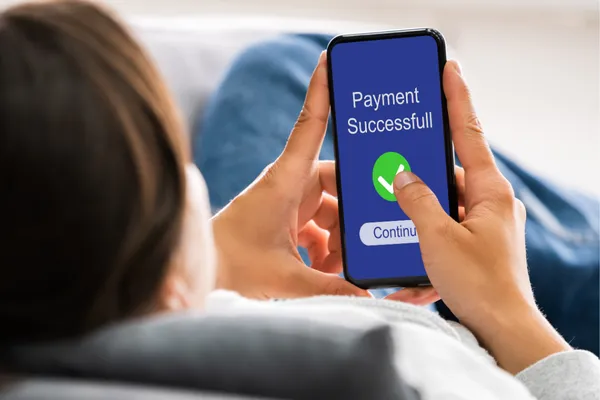
From Failure to a $244 Billion Phenomenon
The Beginning
When Iqram Magdon-Ismail arrived in the U.S. from Zimbabwe at age 13, he quickly learned what it meant to adapt, to start over, learn fast, and keep going despite not fitting the mold.
At the University of Pennsylvania, he met Andrew Kortina, a fellow computer science student. The two bonded over coding, creativity, and the idea that technology could bring people closer together.
Between 2001 and 2009, they co-founded and failed at six startups, from campus news sites to nightlife apps. But each setback taught them something new about users, product design, and resilience.
By 2009, they were running out of money and ideas, until one awkward moment sparked a billion-dollar breakthrough.
The Spark
During a weekend trip to New York, Iqram forgot his wallet. Kortina covered him for meals and taxis. When Iqram went to pay him back, he wrote a check, and they both paused.
“We do everything else on our phones. Why are we still using checks?”
Existing payment apps like Obopay worked technically, but they weren’t built for people — they were cold and transactional. The duo saw an opportunity:
“Payments aren’t transactions. They’re conversations between friends.”
That idea became Venmo, a mobile app that made sending money feel social, human, and effortless.
They built the first prototype using Google Voice, allowing users to text payments to each other and see them appear in a social feed. Suddenly, money movement wasn’t just functional, it was fun.
The Struggle
By mid-2010, Venmo’s fresh take on payments started attracting attention and investors.
They raised $1.2 million in seed funding led by RRE Ventures, with participation from Accel Partners, Greenoaks Capital, and several angel investors.
This funding helped refine their product and gain limited access to payment rails, the systems that allow banks and payment processors to transfer funds.
But there was a catch. Transaction fees and compliance costs were high, and Venmo had no clear path to profitability. By 2011, their user base was growing faster than their margins, and they were burning through cash.
With no clear way to scale profitably, the company was running out of time.
Then, a lifeline appeared.
In 2012, Bryan Johnson, founder of Braintree, saw Venmo’s potential and acquired the company for $26.2 million.
A year later, PayPal acquired Braintree for $800 million, bringing Venmo into one of the world’s most powerful fintech ecosystems.
Venmo had escaped collapse and gained the resources it needed to thrive.
The Result
Fast forward to today: Venmo is no longer just an app, it’sa verb.
“Venmo me” has become part of everyday language.
The platform now processes over $244 billion in annual transactions and serves 90+ million users across the United States, with expanding adoption in Canada, the UK, and Australia through PayPal’s global network.
The Lesson
Venmo’s story is proof that innovation doesn’t come from avoiding failure; it comes from learning from it.
Iqram and Kortina didn’t invent mobile payments. They reinvented how it felt to send money.
By transforming years of failure into one powerful insight, that money is inherently social, they changed the way a generation moves money.
“Being an outsider isn’t a bug. It’s the feature.” - Iqram Magdon-Ismail
Sources:


